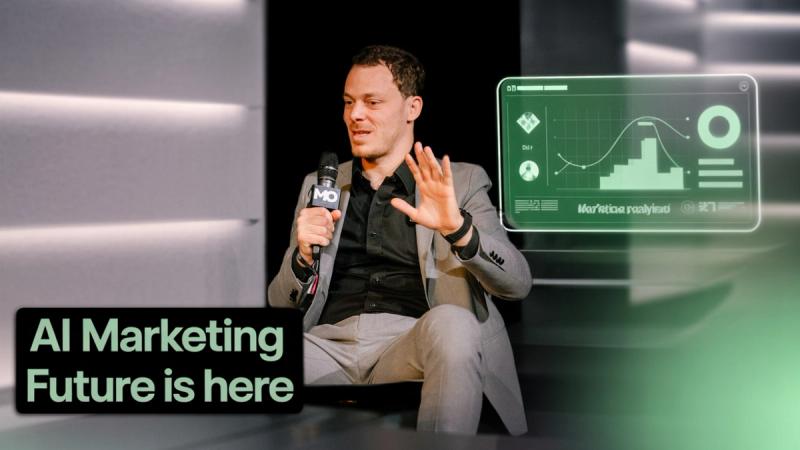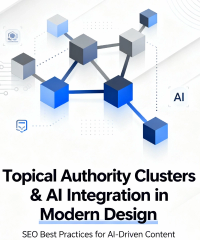
Key Takeaway
Digital advertising is entering a new phase defined by AI-powered automation, regulatory pressure, and a slowdown in overall growth. From Meta’s upcoming AI campaign builder to Adobe’s intelligent marketing agents and antitrust actions targeting Google Ads, the ecosystem is shifting toward more automation, transparency, and balanced competition. Agencies must adapt by embracing contextual AI, cross-channel strategies, and explainable models that ensure clarity in decision-making.
Meta Bets on AI-Generated Advertising
Meta is working on a full suite of AI tools designed to create complete campaigns automatically—covering images, copy, and targeting. The rollout is expected by the end of 2026.
Why It Matters
- Agencies will compete directly with AI tools that generate creative assets in seconds.
- Campaign testing cycles may shorten dramatically.
- Personalization will scale beyond human capacity.
Adobe Introduces AI Agents for Web Marketing
Adobe announced the launch of AI agents that can recommend and apply changes directly on websites. These agents also personalize user experiences based on the visitor’s source channel.
Business Impact
- Websites can self-optimize for conversions in real time.
- Agencies must shift their value proposition from execution to strategy, oversight, and creative direction.
Antitrust Pressure on Google Ads Ecosystem
In the U.S., the Department of Justice and federal courts are pursuing actions that could break apart Google’s ad infrastructure—specifically AdX and its ad server—aiming for fairer competition.
Possible Outcomes
- More room for independent ad networks.
- Shifts in auction dynamics that may lower (or fragment) ad costs.
- Agencies needing to diversify away from Google dependency.
Slower Growth in Digital Ad Spending
Forecasts for 2025 show ~9.5% growth in digital ad spend, lower than previously estimated. While still positive, this reflects market saturation and economic caution.
What This Means for Agencies
- Clients may tighten budgets and demand clearer ROI.
- Efficiency and performance transparency will become selling points.
Contextual AI & Multidimensional Personalization
Targeting is moving beyond simple demographics. AI now enables contextual analysis of text, images, and video to build richer user profiles and deliver hyper-relevant ads.
Implications
- Privacy-first strategies will rely on context rather than personal identifiers.
- Creative content will need to align seamlessly with multiple formats and environments.
Cross-Channel Campaigns and Unified Experience
Consumers expect a consistent journey across social, search, email, and offline touchpoints. Agencies must deliver campaigns that feel integrated rather than fragmented.
Example
A user may discover a product on TikTok, read about it via email, and later purchase after a Google search. The messaging and creative flow must remain unified.
Transparency & Explainability in AI Advertising
As AI-driven ads scale, transparency becomes a priority. New research highlights systems like SODA, which combine large language models with explainable AI to help marketers understand why algorithms make certain decisions.
Why It Matters
- Clients and regulators are demanding clarity.
- Agencies will need to audit AI-driven campaigns as rigorously as traditional media buys.
The NNN Model: Next-Gen Marketing Mix Modeling
A new Transformer-based approach called NNN enhances Marketing Mix Modeling (MMM). It captures complex interactions across multiple channels better than traditional models.
Benefits
- More accurate attribution across touchpoints.
- Smarter budget allocation in cross-channel campaigns.
- Ability to forecast outcomes in a multi-platform environment.
Conclusion: The Future of Digital Advertising is Hybrid
The next wave of advertising blends AI automation, contextual targeting, cross-channel strategy, and regulatory compliance. Agencies that thrive will:
- Embrace automation without losing human creativity.
- Prioritize transparency and explainability.
- Diversify beyond Google while staying ROI-focused.
- Use advanced models like NNN to navigate complex data.
2025–2026 will not be about replacing marketers with AI—but about agencies reinventing themselves as strategic partners in a highly automated ecosystem.
“Success is the result of perfection,
Phil Martinez
hard work, learning from failure, loyalty, &
persistence”








